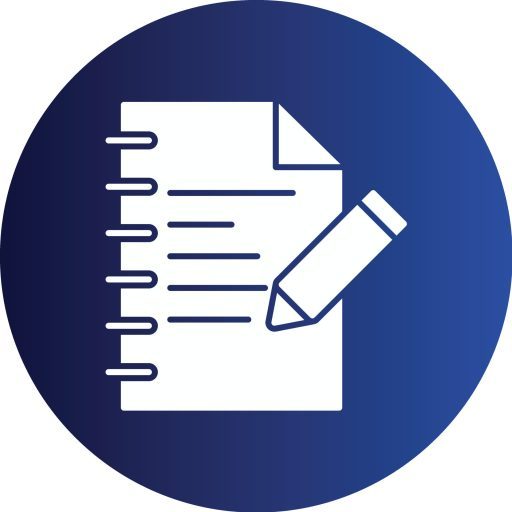As a general education teacher working in an inclusive classroom environment, the need to differentiate assessments to provide students with exceptionalities with multiple means of action and expression is part of successful professional practice. Differentiating assessments not only accommodates diverse learning styles and abilities but also ensures that all students have equitable opportunities to demonstrate their understanding and mastery of content. By employing varied assessment strategies, teachers can more accurately gauge student learning, tailor instruction to meet individual needs, and foster a more inclusive educational experience for all learners.
Differentiating Assessments
Directions: Utilize the topic Resources and your own research to complete each section below as directed.
Part 1: Differentiation
Identify the grade level and content area (if applicable) of the students you are most interested in teaching. Conduct research about the challenges students with exceptionalities often face when completing traditional formative and summative assessments in the inclusive classroom and complete each section of the chart below.
|
Grade Level: Content Area (if applicable): |
|||
|
Testing Component |
Challenges Identify specific challenges that affect the students’ ability to access the testing content or to demonstrate knowledge effectively. |
Accommodations Identify specific changes that could be made to the testing component to address the identified challenges. |
Research-Based Rationale Provide a research-based rationale that supports the selected accommodations for effectively addressing the identified challenges. |
|
Multiple-Choice Questions |
|||
|
True/False Questions |
|||
|
Matching Questions |
|||
|
Fill-in-the-Blank Questions |
|||
|
Short Answer and/or Computation Questions |
|||
|
Essay Questions |
|||
|
General Test Format (including paper size, font size, layout of text on paper, use of maps, graphs, charts, pictures, etc.) |
|||
|
Test Directions |
Part 2: Reflection
In 150-250 words, discuss how you will use your understanding of typical and atypical development and individual differences to respond to the needs of students with exceptionalities during assessment in your future professional practice.
|
References: Support the assignment by citing a minimum of three scholarly resources. |
© 2024. Grand Canyon University. All Rights Reserved.

